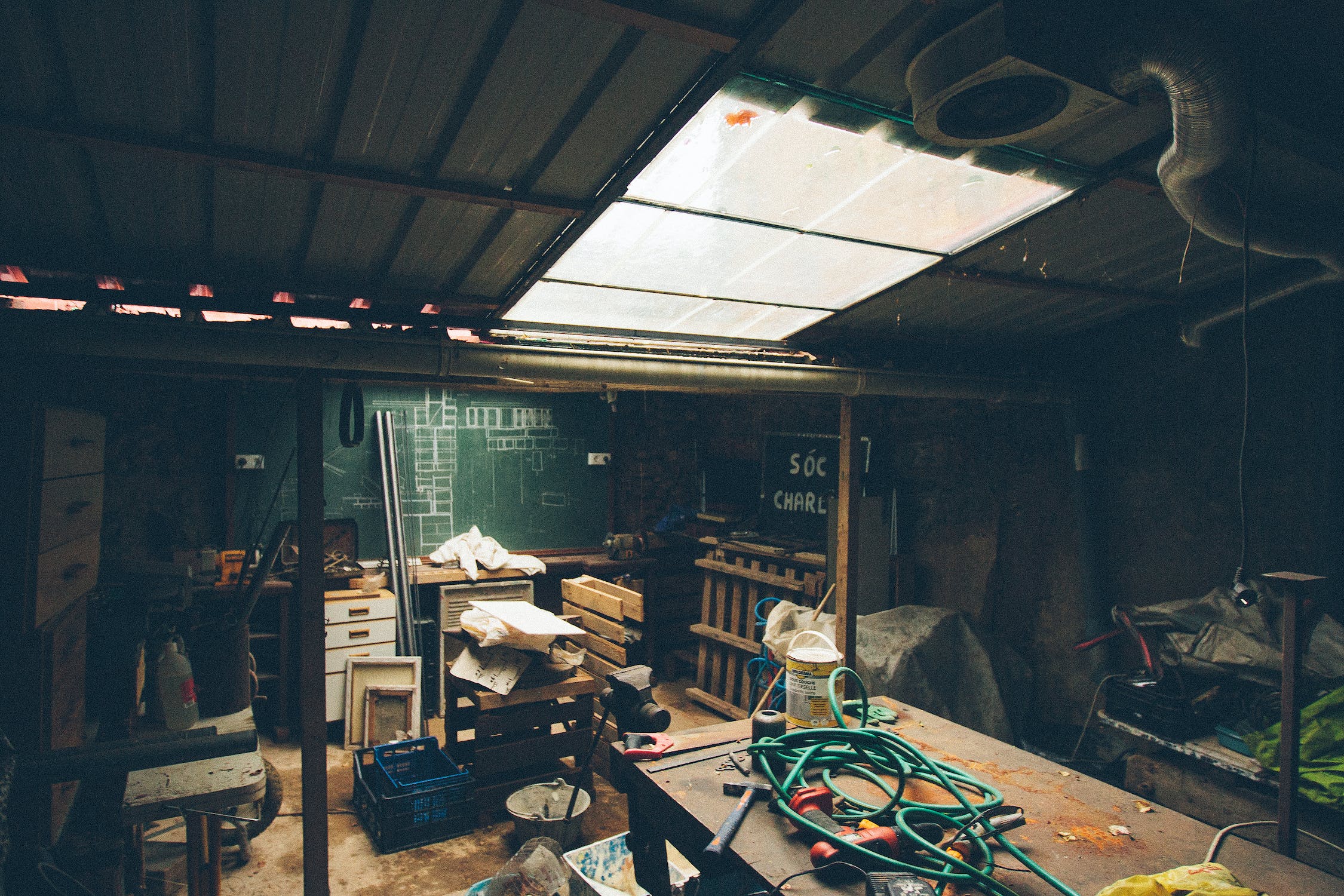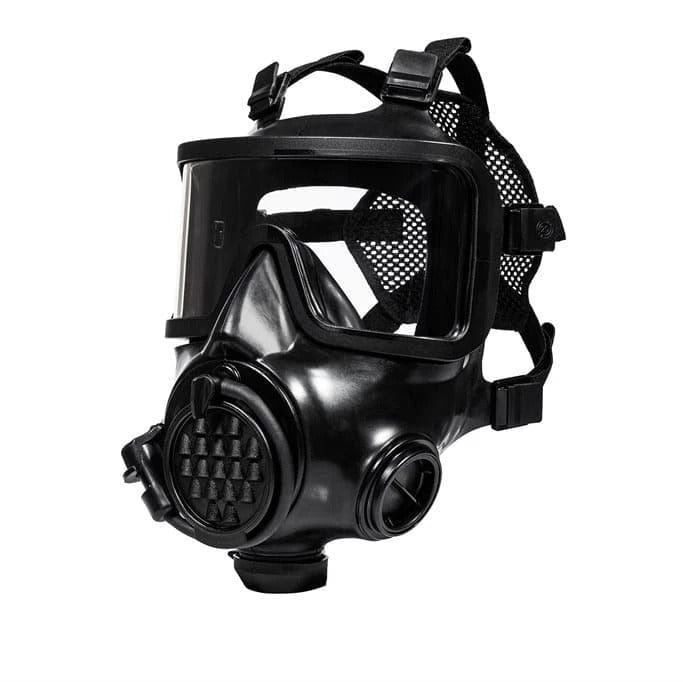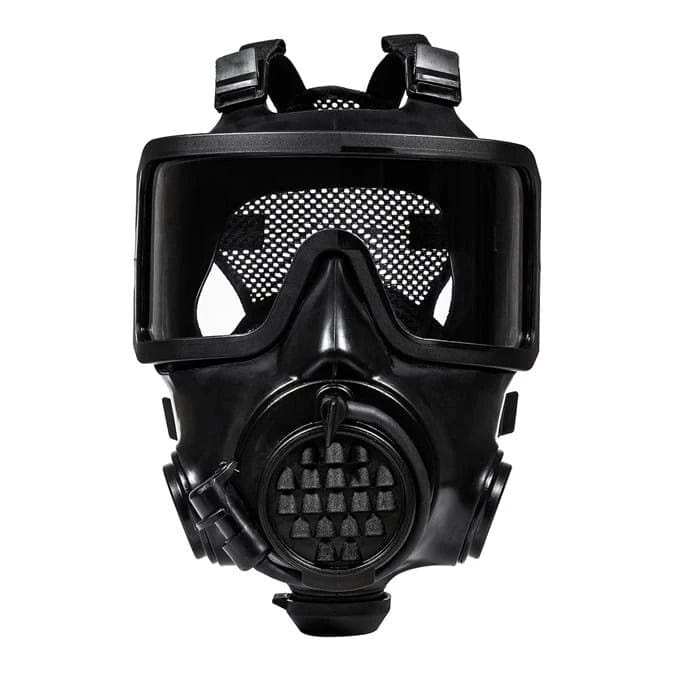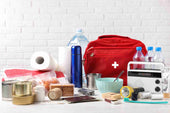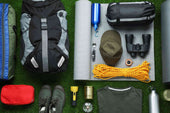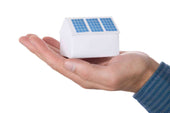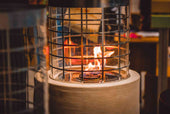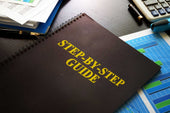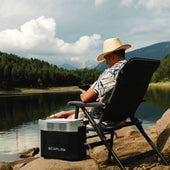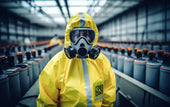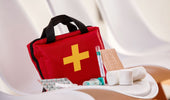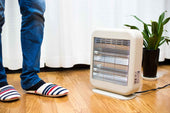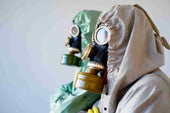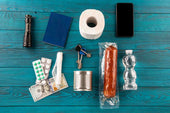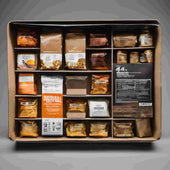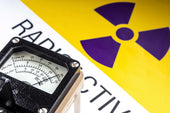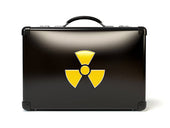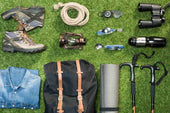Sheltering in Place: What is It?
 As part of Emergency Response and Preparedness, sheltering-in-place procedures are necessary in different emergencies.
As part of Emergency Response and Preparedness, sheltering-in-place procedures are necessary in different emergencies.
Now, what exactly does it mean to shelter in place? Shelter-in-place (or place/area of rescue assistance) alludes to an assigned safety area when going outside is relatively unsafe. An example is a small interior room with few (or no) windows where shelter can be taken.
Sometimes, the most effective way to remain protected in a crisis is to get inside and wait inside a building or vehicle. Of course, the type of "shelter" you should stay in can differ for various emergencies.
Be educated about the various types of emergencies that could affect your region. Learn how dutiful authorities share emergency information and advisories. Ask your emergency management agency about the best places to cover during emergencies.
1.1 Reasons to Shelter-In-Place
Certain conditions require your family (or loved ones) to shelter in place. These conditions include contaminated outdoor air, severe weather events like thunderstorms or tornadoes, or an active shooter nearby, which can create hazardous exposure situations.
The appropriate authorities will provide information through a national announcement if this occurs. Please follow state officials' instructions and understand what to do if they direct you to take shelter.
In any emergency, local authorities may be unable to quickly disseminate information about the situation and what actions you should take.
However, you should monitor television or radio news reports for updates and official guidelines as they become available.
1.2 Shelter-In-Place Due to Contamination
In some cases, sheltering is necessary due to contamination. All classes, work, and business operations should be paused or halted when this happens.
As soon as you learn of the advisory, share it with others in the building. However, do not leave the location where you were instructed to shelter in place. Then, close all windows, doors, and entryways or openings to the outside. If you are informed of a blast risk, close the window shades, blinds, or drapes.
Next, gather essential disaster supplies if possible.
After this, one should select the interior room(s) over the ground floor with the least windows or vents. The room(s) ought to have enough room for everybody to have the option to sit. Abstain from congestion by choosing a few rooms if necessary.
Importantly, it is ideal to permanently set up a phone in the room(s) you select. Keep the telephone accessible if you want to report a dangerous condition.
And then, gather everyone into the room(s) and shut the doors. Be on stand-by by listening to the news on the radio or TV until you get signs you are safe to evacuate.
1.3 Shelter-In-Place Due to Active Shooter/Aggressor
An active shooter or aggressor is an individual who gives off an impression of being effectively taking part in killing or endeavoring to kill individuals in a populated area —commonly utilizing guns yet conceivably utilizing different weapons, like blades, vehicles, as well as improvised explosive devices (IED) to cause extra destruction and to block policing crisis administrations responders.
Unfortunately, there might be no example or technique for determining casualties.
These circumstances are dynamic and develop quickly, so you must demonstrate rapidly and that you recall "Run. Hide. Fight."
-
Run
If a safe path is accessible, run. As much as you can, always try to get away or evacuate, regardless of whether other people insist on staying. Then, urge others to leave with you; don't allow their hesitation to delay your departure. You should likewise attempt to keep others from entering the risk zone.
Additionally, keep your hands visible for safety. Call 911 from a safe location to report the incident, providing information and the location of the shooter(s) or aggressor(s).
-
Hide
In the event of an escape, find a secure hiding spot. Quietly turn off the lights, close window blinds or drapes, and lock entryways if possible. Silence your cell phone and set it to vibration mode. If you can, barricade doors and windows with furniture and other items. Stay grounded, but be ready to move at any time.
Then, gather items for self-preservation. Identify various strategies for evacuation in case an opportunity arises (note all exits, stairways, and windows). Provide first aid to the injured if it is safe to do so. If evacuation is not possible, remain in place until the "All Clear" is given by local law enforcement.
-
Fight
If all else fails, act aggressively and utilize improvised weapons to occupy and incapacitate the shooter or attacker. Toss objects at the shooter's head and aim for their eyes. If you are with others, cooperate and work together to increase your chances of surviving against the aggressors. Upon using a distraction gadget, promptly endeavor to get away or bring down the shooter or attacker.
After which, commit to act; otherwise, your life will be at risk. Eliminate the weapon from the assailant's scope and securely conceal it —don't deal with it since law enforcement may see you as a threat. If bringing down the assailant, immobilize all appendages (arms, legs, head) until police help arrives.
1.4 Shelter-In-Place Due to Severe Weather Event
Sometimes, sheltering in place is necessary due to severe weather. All classes, work, and business operations should be paused or halted when this happens.
As soon as you learn of the advisory, share it with others in the building; don't leave where you were told to shelter.
Afterward, close all windows, doors, and all sorts of entryways or openings to the outside. Assuming you are informed that a risk of the blast is conceivable, close the window shades, blinds, or drapes. Next, gather essential disaster supplies if possible.
After this, one should select the interior room(s) over the ground floor with the least windows or vents. The room(s) ought to have enough room for everybody to have the option to sit. Abstain from congestion by choosing a few rooms if necessary.
Importantly, it is ideal to permanently set up a phone in the room(s) you select. Keep the telephone accessible if you want to report a dangerous condition.
And then, gather everyone into the room(s) and shut the doors. Be on stand-by by listening to the news on the radio or TV until you get signs you are safe to evacuate.
Emergency Action Plan: How to Shelter in Place?
 Listed below are the general guidelines on how to shelter in place in case of an emergency:
Listed below are the general guidelines on how to shelter in place in case of an emergency:
Get Inside, Stay Inside
If neighborhood authorities tell you to "wait," act rapidly. Listen cautiously to neighborhood radio or TV stations for guidelines, as the specific directions will depend on the emergency.
Overall, you ought to: (1) get inside, bring your friends and family, your emergency supplies, and whenever the situation allows, your pets; (2) track down a protected spot in this area where you can rely upon, depending on the sort of emergency, where you can also wait safely at until authorities say that it is safe to finally evacuate.
Stay In Touch
When you and your family are finally set up, inform your emergency contact of what's going on and listen cautiously for new information. For example, you should let your emergency contact know where you are, if anybody is missing, and how everybody is doing.
Next, please note that you should use your phone only when necessary. Keep your cell phone handy if you have to report a threatening emergency to your emergency contact. Don't use cell phones out of boredom to make the lines accessible for emergency responders.
Lastly, listen to the radio, TV, or telephone for updates. Do not leave your shelter unless authorities tell you it is safe. If they advise you to clear the region, follow their guidelines.
Sheltering with Pets
Set up a place for your pets to poop and pee while inside the shelter. You will require a lot of plastic bags, papers, containers, and cleaning supplies to manage pet waste. As such, try not to permit pets outside the shelter until the danger or "threat" has passed.
Sealing a Room
In certain sorts of emergencies, you should prevent outside air from coming in. Assuming that authorities tell you to "seal the room," it is essential for you to (1) switch off things that move air, similar to fans and air conditioner systems, (2) get yourself and your friends and family inside the room, (3) bring your emergency supplies assuming that they are clean and simple to get to, (4) block air from going into the room, and (5) pay attention to authorities for additional instructions.
When the authorities declare an emergency, turn on fans and other air-flowing devices. Then, everyone should wait until the building's air is replaced by fresh air. For additional information, read FEMA's Guidelines for Staying Put.
Staying Put in the Vehicle
In certain emergencies, it is safer to remain in your vehicle than to continue driving. If you are close to your workplace or a public building, immediately go inside and follow the "shelter in place" guidelines for that area.
However, if you can't get inside rapidly and securely in other cases, (1) head to the roadside, stop your vehicle in the most secure spot, and turn off the motor. If it is warm outside, it is smarter to stop under a bridge or in a shady spot so you don't get overheated.
After which, (2) remain where you are until authorities say getting back on the road is protected. As such, you should pay attention to the radio for updates and extra instructions.
Finally, (3) note that modern car radios don't utilize much battery power, so paying attention to the radio for a while shouldn't make your vehicle battery pass on. Indeed, even after getting back out and about is safe, keep paying attention to the radio and observe the law enforcement officials.
Shelter In Place: Plan, Evaluate, and Respond

In a general overview, you need to incorporate these three immediate actions to ensure safety and security:
Plan
As previously mentioned, shelter in place means finding a protected area inside and remaining there until you are given an "all clear" signal or told to evacuate. You might be advised to shelter in place given active shooters, tornadoes, synthetic, radiological, or other hazards.
When finding a safe area, consider questions like: Does the door lock? Does it open out or in? Is there furniture nearby that you can use to block the entryway? Is it possible to close or block the windows? Also, consider what you need (food, water, and medicine), assuming the shelter set-up notice lasts several hours.
Evacuate
In a functioning shooter situation, know whether the door opens outward or inward if you want to secure yourself. If possible, it should be locked. In an extreme weather situation, the best line of defense is to put as many barriers as possible between you and the outside and go to the lowest floor available. In this case, the basement is an ideal location.
Respond
Despite the circumstances, try your best to remain calm. Go to a secure area or lock the door. Move something before the door whenever necessary to ensure it remains closed. Turn off or silence all phones, and wait for official directions. Instructions will come via message, so keep your phone close by.
Additionally, do not attempt to open the door until directed by responding authorities. Call 911 if your safety is in jeopardy and wait in the safest area until you are given the "all clear" signal or instructed to evacuate.

